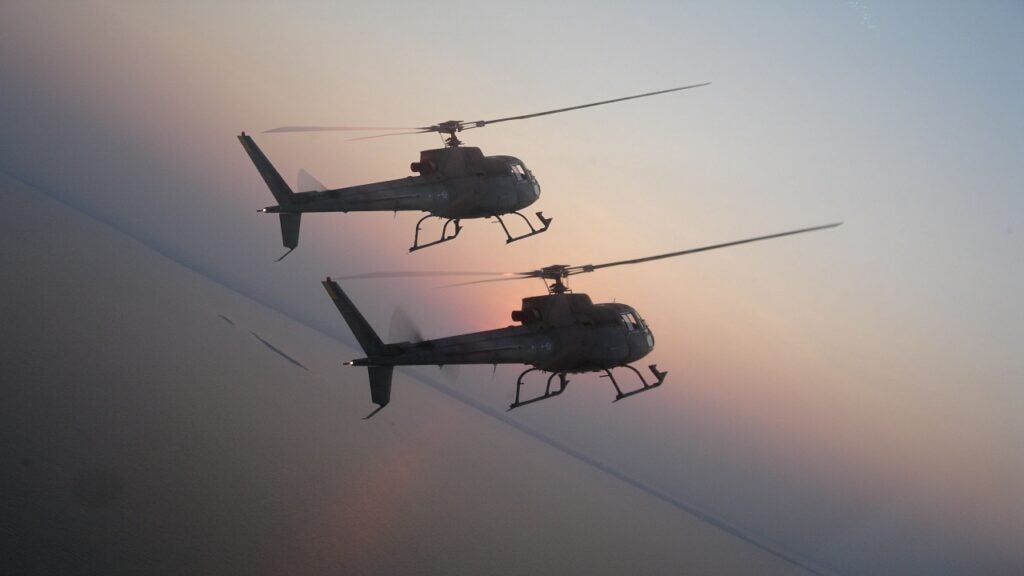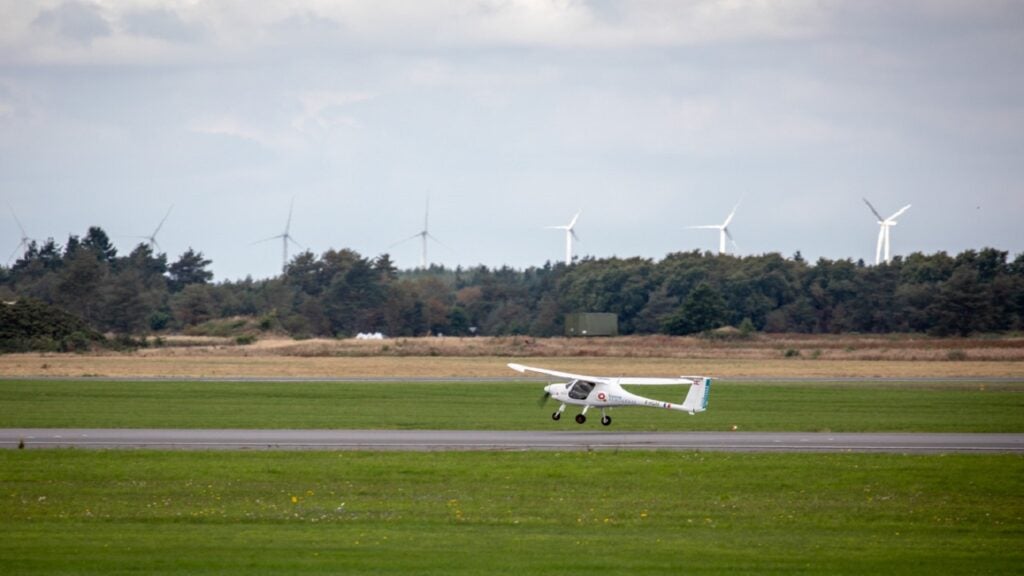Alenia Aermacchi, based in Venegono Superiore, Italy, announced the new Aermacchi M-311 basic jet trainer and light combat aircraft in 2004.
The M-311 is a highly upgraded version of the S-211A, with a new aerodynamic configuration with new wing tips, fences and fuselage ventral fins, a new avionics suite, a strengthened structure and a 30% more powerful engine than the S-211. The first flight was successfully completed in June 2005.
In May 2006, Alenia Aermacchi announced an agreement with Boeing to jointly market the M-311. In July 2007, the M-311 flew to the United Arab Emirates (UAE) for hot weather tests and operational evaluation by the UAE Air Force.
Two aircraft were built by Alenia Aermacchi. Alenia and Chile-based ENAER signed an agreement in April 2008 to develop and distribute the M-311 in South America.
Boeing signed an agreement with Alenia in May 2008 to provide marketing, sales, training and product support to M-311.
S-211.”
M-311 construction
The M-311 is an upgraded and strengthened version of the Aermacchi S-211. The strengthened structure and the new landing gear have allowed the fatigue life to be extended to 15,000 flight hours. The stronger airframe provides higher manoeuvrability, allowing evasive or combat manoeuvres to g-limits of +5g to -2.5g (with stores) and +7g to -3.5g (with no external stores).
The aircraft has a single-piece, two-spar, metal wing with drooped tips of wingspan 8.51m. The load-carrying structure is of metal construction. Most of the doors and fairings and the air intake ducts are made of composite materials.
The M-311 has Messier-Magnaghi tricycle-type landing gear equipped with oleo-pneumatic shock absorbers. The landing gear units are hydraulically retracted forward. In an emergency involving loss of hydraulic power, the landing gear can be extended by free fall. The two main landing units turn through 90° in order to retract into the under surface of the air intake trunking. The wheels are fitted with hydraulic brakes.
High accessibility in the aircraft systems and the installation of a built in HUMS health and usage monitoring system for systems, airframe and engine, contribute to the ease of maintenance of the aircraft.
Flight deck
The aircraft is fitted with a two-seat glass cockpit with hands on throttle and stick (HOTAS) controls. An engine bleed air system provides heating for the cockpit’s environmental control system. The cockpit is pressurised and air-conditioned and an onboard oxygen-generating system (OBOGS) is installed.
The cockpits are fitted with an avionics suite from CMC Electronics of Montreal, Canada.
There are three 127mm×178mm (5in×7in) multifunction LCD displays and two FV-4000 mission computers.
A SparrowHawk head-up display in the forward cockpit feeds a repeater HUD in the rear cockpit.
The avionics suite options include moving map display and embedded training capability.
This latter enables the pilot to simulate an operational environment including airborne and ground threats and to perform realistic combat exercises using simulated weapons.
M-311 weapons
The aircraft has five stores hardpoints (four underwing and a fuselage centreline hardpoint) and the aircraft can be fitted with a stores management system.
The fuselage centre-line hardpoint can carry a 12.7mm semi-recessed gun pod or other mission pod.
The outer underwing hardpoints can carry loads up to 250kg. The inner underwing points can carry loads up to 300kg. The maximum external load is 1,000kg.
Pratt & Whitney Canada JTI5D-5C turbofan engine
The aircraft is powered by a Pratt & Whitney Canada JTI5D-5C turbofan engine which develops a take-off and maximum continuous thrust of 14.47kN. The engine has an automatic ignition system. A compressor bleed valve provides protection against engine surge. The aircraft meets noise and emission standards to FAR part 36 and ICAO regulations.
The configuration of both the fuel and oil systems allow the M-311 to carry out inverted flight manoeuvres.
The engine lateral air intakes with an air-splitter are installed on each side of the fuselage. The air intake moulding is of glass-fibre-reinforced plastic, incorporating carbon-fibre-reinforced plastic tape for strength and a metal inner lining.
An electric fuel pump is provided for engine starting and for emergencies.
The aircraft is provided with a single pressure fuelling / defuelling port located in the left intake fairing and a single gravity fuelling point on the starboard wing. The wing tanks and the bladder tank installed in the fuselage have a total usable fuel capacity of 696kg.
The inboard pair of hardpoints on the underside of the wings can each carry a 270l drop tank.
Performance
The aircraft can climb at the rate of 4,720ft a minute. The maximum and stall speed of the M-311 are 740km/h and 155km/h respectively. The range and service ceiling of the aircraft are 1,370km and 12,192m. Its take-off length is 450m. The aircraft weighs around 2,300kg and its maximum take-off weight is 4,100kg.




